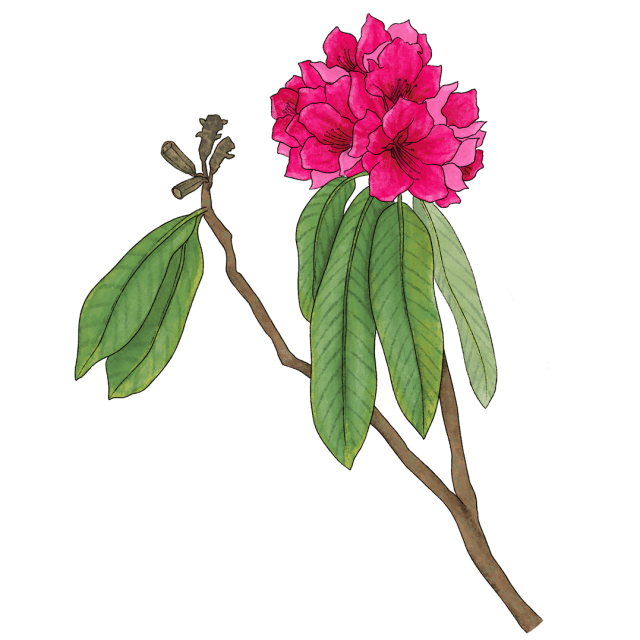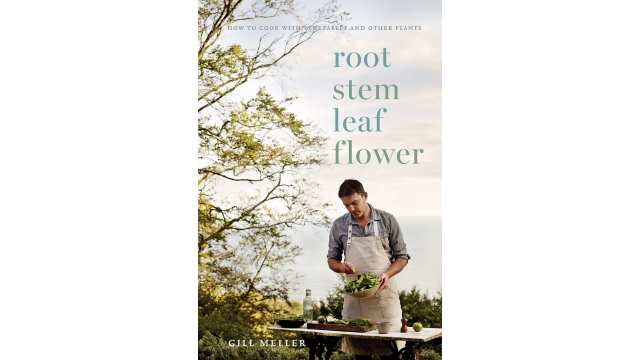Lavender

Latin Name: Lavandula spp.
Uses: flavoring, tea
What Is Lavender?
Lavender is an aromatic flowering plant in the mint family (Lamiaceae), which comprises about 45 different species. Because of its attractive flowers, heady fragrance, and overall hardiness as a perennial, lavender is a common garden plant in temperate climates. If you see some while you’re out for a walk, do yourself a favor and give it a little squeeze; the perfume will transfer to your hand so you can sniff as you stroll. Typically, the blossoms you’d consume come from the English lavender plant (Lavandula angustifolia ‘Munstead’).
Why Is Lavender Healthy?
- Lavender contains phytochemicals with medicinal properties that contribute to its calming fragrance that elevates mood and releases stress.
- Smelling lavender essential oil or drinking lavender tea can help relieve insomnia and soothe an upset stomach.
- The oil has anti-inflammatory effects that may reduce acne, eczema, and other skin issues.
- In aromatherapy, lavender can help reduce pain after surgery or during labor.
- Compounds like linalyl acetate and linalool contribute to its anti-inflammatory and pain-relieving effects.
- Lavender essential oils may also help lower anxiety, ease depression, and calm nervous tension.
What Does Lavender Taste Like?
Lavender has a distinct floral aroma and flavor, owing to about 100 phytochemicals present in the plant. The plant’s various terpenes and phenolic compounds give it a fragrance that is slightly citrusy (from limonene), clove-like and spicy (caryophyllene and linalool), minty (perillyl alcohol), and even as bracing as a pine tree (camphor). Drying the flowers intensifies the flavor and aroma.
How Do I Use Lavender?
You can use lavender blossoms in tea and baked goods, as a flavoring in vinegars and syrups, and in herb blends. You can make a lavender extract by steeping blossoms in neutral-flavored spirits, like vodka, gin, or tequila. The greens have a flavor that’s similar to rosemary, and they can be used as a substitute for the herb.
What Does Lavender Pair Well With?
Lavender loves honey, vanilla, lemon, pecans, and toasty flavors. Try adding it to your favorite buttery shortbread or pound cake recipe. Lavender is in herbes de Provence, a French herb blend harmonizing licorice-like fennel seed, tarragon, and chervil with savory rosemary, thyme, and marjoram. Try this herbal blend with roasted vegetables, salads, and tomato-based soups.
Where Does Lavender Grow?
Lavender is native to the sunny climes of the Mediterranean, northern Africa, and southern Asia. Lavender has been cultivated for thousands of years with documented uses in ancient Greece and Rome dating back more than 2,000 years. Today, the main cultivated variety is English lavender, which is widely grown as a garden plant. Bulgaria is the top producer worldwide, though France and China also grow much lavender. In the United States, Washington and Oregon grow the most lavender.
How Do I Buy Lavender?
You’ll be able to find dried lavender in bulk at tea and herb shops and in little jars in the spice aisle of grocery stores. Sometimes, bouquets of fresh stems are available at flower shops. For a steady supply, grow your own; you can buy the plants at any nursery or garden center. Stash the dried flowers in an airtight container in a cool, dark place.
Surprising Lavender Fact
Queen Elizabeth I adored lavender. She insisted on being served lavender jelly at her table. She sipped lavender tea, proclaiming that it helped ease her migraines, which led to its reputation as a royal remedy. The queen demanded lavender be grown in all royal gardens and believed it helped stave off the plague. She added lavender to perfumes and baths and used it to scent her linens, believing in its calming properties. Her love for lavender helped establish its widespread popularity among the aristocracy in England for centuries.







